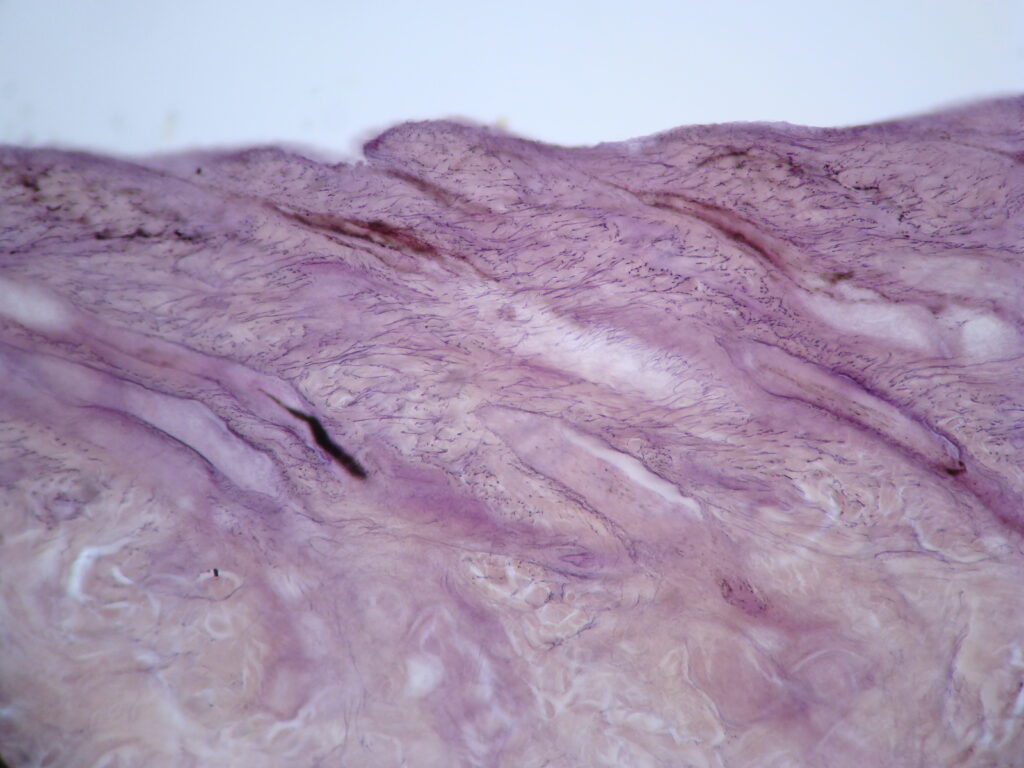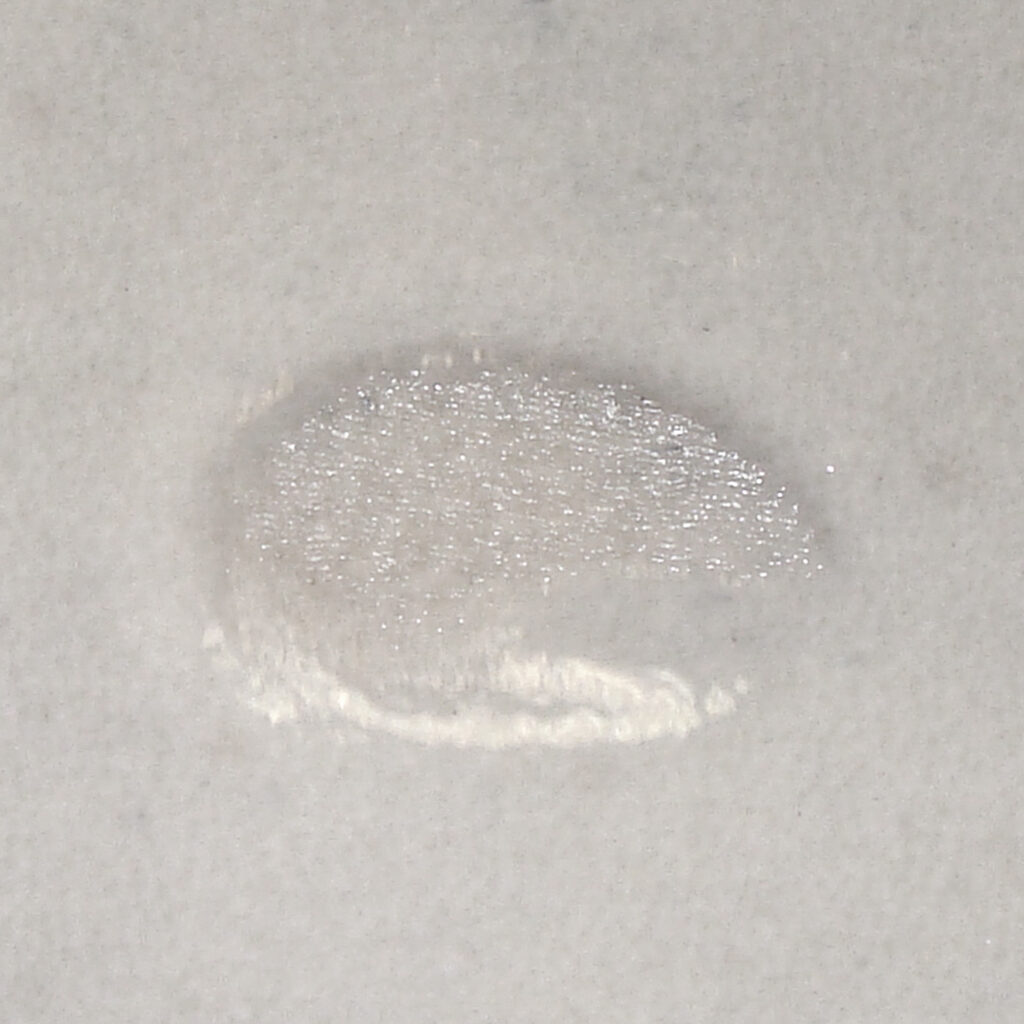Buzyme 146 offers novel approach to centuries-old bating methods

For centuries tanners softened hides and skins in a solution called “bate”, which contained dog dung or hen feces. In 1907 Dr. Otto Rohm and Otto Haas started to commercialize a solid product based on pancreases without the obnoxious smell of dung or feces. Their product was called Oropon™, which means “bating powder” and is still used today 1. All leathers produced today are bated to improve their softness, elasticity, color uniformity, fineness and smoothness of grain.
Traditional bating is done after deliming at pH between 8.2 and 8.6 and an ideal temperature of 35° C. Depending on the properties required for the final leather, bating time can be from 30 minutes to overnight. For garments and upholstery, longer times are needed to soften the leather. For shoe uppers, a short bate of 40 to 60 minutes is typical.
What does the bate do to the hides and skins?
Bates contain specific proteases and some of them have activity on the elastin. Elastin is a very stable and crosslinked protein that is present in the grain and flesh of the hide or skin. No elastin is found in the middle of the hide or skin. The bate removes the small amount of keratin in the epidermis that might be left from unhairing and may loosen residual hair bulbs.
Here is a cross-section of a cowhide that shows the presence of elastin on the grain as a network of fine and stable proteins.

Detail of the staining of elastin on the grain of a cowhide. The elastin shows as an intricate network of very fine fibers only on the grain.
One century after the first solid bate, Buckman is the only chemical company that manufactures liquid bating enzymes using bioengineered enzymes and specialized formulations that sustain the stability and activity of the enzyme during the bating process. Here are the benefits of the advanced liquid bating formulations:
- Consistency of bating product from batch to batch
- No salts or fillers in the formulation
- Uniform and consistent distribution of the bate in the drum
- The bating is efficient on a wider temperature and pH range
- Liquid bate offers the option to work with volumes instead of weight
- Concentrated products that can be easily diluted on-site
The Bating Activity
The main proteases contained in pancreatic bates are Trypsin and Chymotrypsin. Each of these enzymes has different activity on collagen and other components. The ratio between these two enzymes is not always constant. The activities of these enzymes are different in leather than in casein (milk protein).
The LVU, or Löhlein-Volhard, method was first used in the 1950’s. It is a commercial method for the determination of enzymatic activity of bating materials using casein as a substrate. Today the LVU method is still used to determine the activity of pancreatic bates and the units are expressed as LVU/g or Löhlein-Volhard units per gram. In the LVU method, the pancreatic enzymes dissolve the casein under standardized conditions. This method is complicated to run, time-consuming, and not very accurate.
The bioengineered enzymes are tailor-made and made from fungi or bacteria. They are very specific in their effect on leather but may or may not show the same activity as casein. In other words, the relationship between LVU and new bioengineered enzymes is not valid. In our opinion, the LVU method mentioned above is still a good method to be used with pancreatic enzymes. However, our clear point is that bioengineered enzymes cannot be evaluated and standardized using the LVU method!
Buzyme® 1462 is a concentrated bating formulation using bioengineered enzymes. As a rule of thumb, in practical application, Buzyme 146 is between 10 to 20 times more concentrated than a 6000 LVU traditional bating enzyme. Buckman uses a proprietary method on a synthetic substrate, and the BPU (Buckman Protease Unit) to determine the bating activity.
Buzyme 146 has no salts, therefore it has no deliming capacity and does not contribute to higher total dissolved solids (TDS) levels or nitrogen levels in bating floats.
How to evaluate the bating effect?
We still use practical methods to determine the bating effect on hides and skins. For cow hides (lime split or full thickness) the fingerprint (the thumb pressed on the grain side must leave a characteristic impression; the longer the bate the deeper the impression) and hair removal (by rubbing the finger on the grain, the hair stubbles should come off; the deeper the bate the more hair stubbles are removed) tests are still used and are adequate. For skins, the spread test and air burst test are adequate.

Picture of the fingerprint test on a full-thickness bated cowhide.

Picture of the hair removal after bating. This test is a great indication of proper bating.
What is the proper bating effect?
Each tannery has made this determination by evaluating the bating effect under a defined recipe and then evaluating the final tanned or crust leather. The main parameters that are responsible for the bating activity include the type of bating enzyme, activity of the enzyme, duration of bating, temperature, pH and volume of the float.
Excessive bating will make the leather softer and can make it loose. Improper bating will make the leather firmer, with non-uniform dyeing and in many cases with residual hair roots. The bating is of high importance for incorporating softness and stretchability into garment and upholstery leathers; for these articles, every batch is tested to determine that proper bating is achieved.
Reference:
- https://americanbusinesshistory.org/from-dog-dung-to-plexiglas-the-rohm-and-haas-story/
- Buzyme 146 PDS
Learn more about how Buckman’s digital solutions can benefit your business by clicking any of the links above or contacting us here.